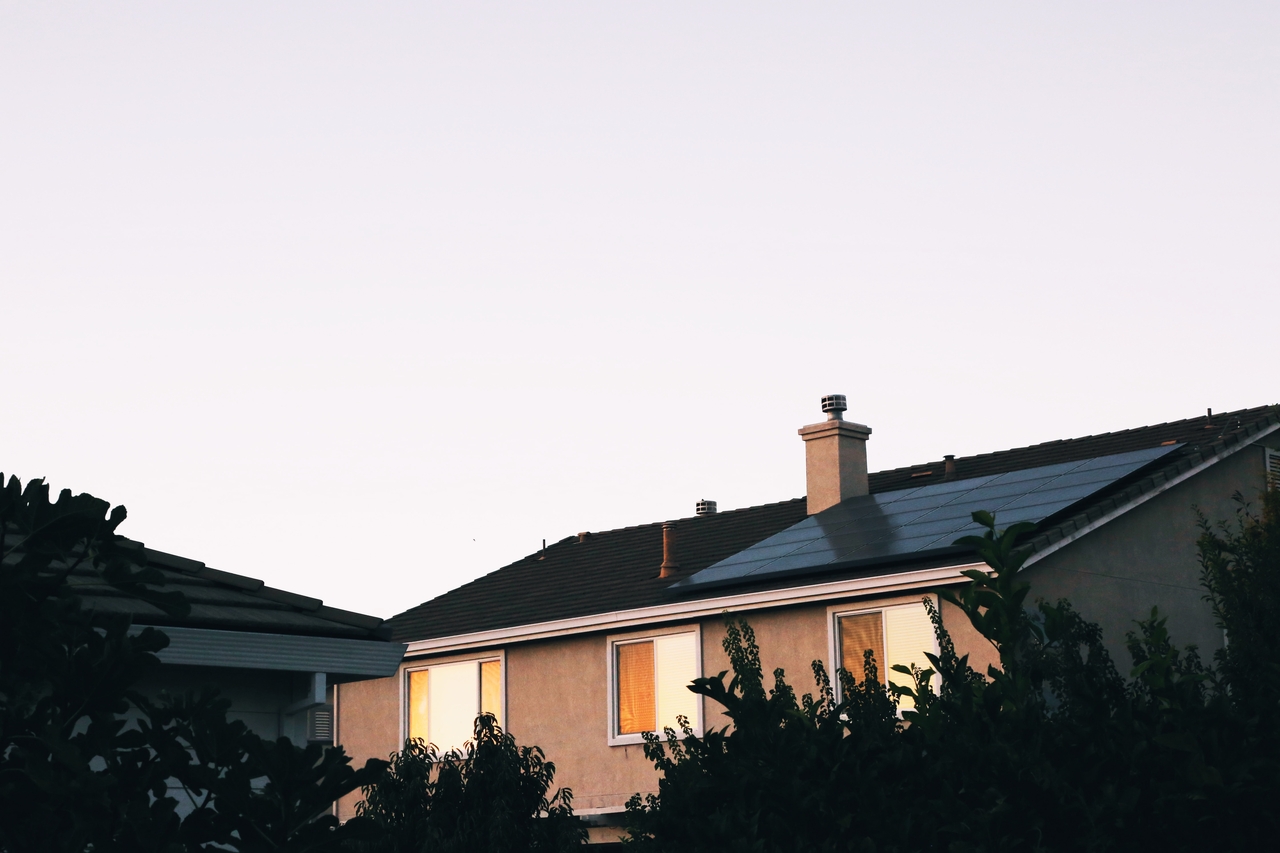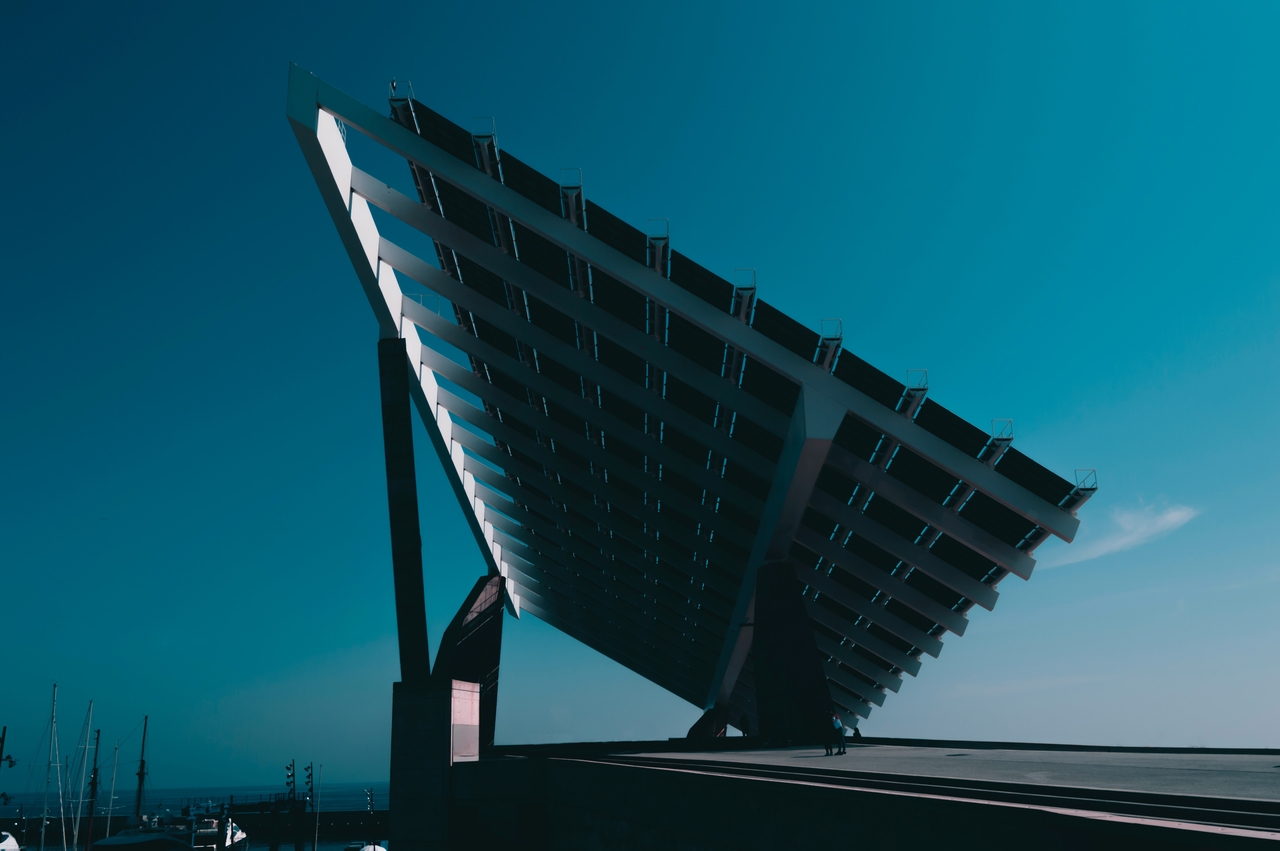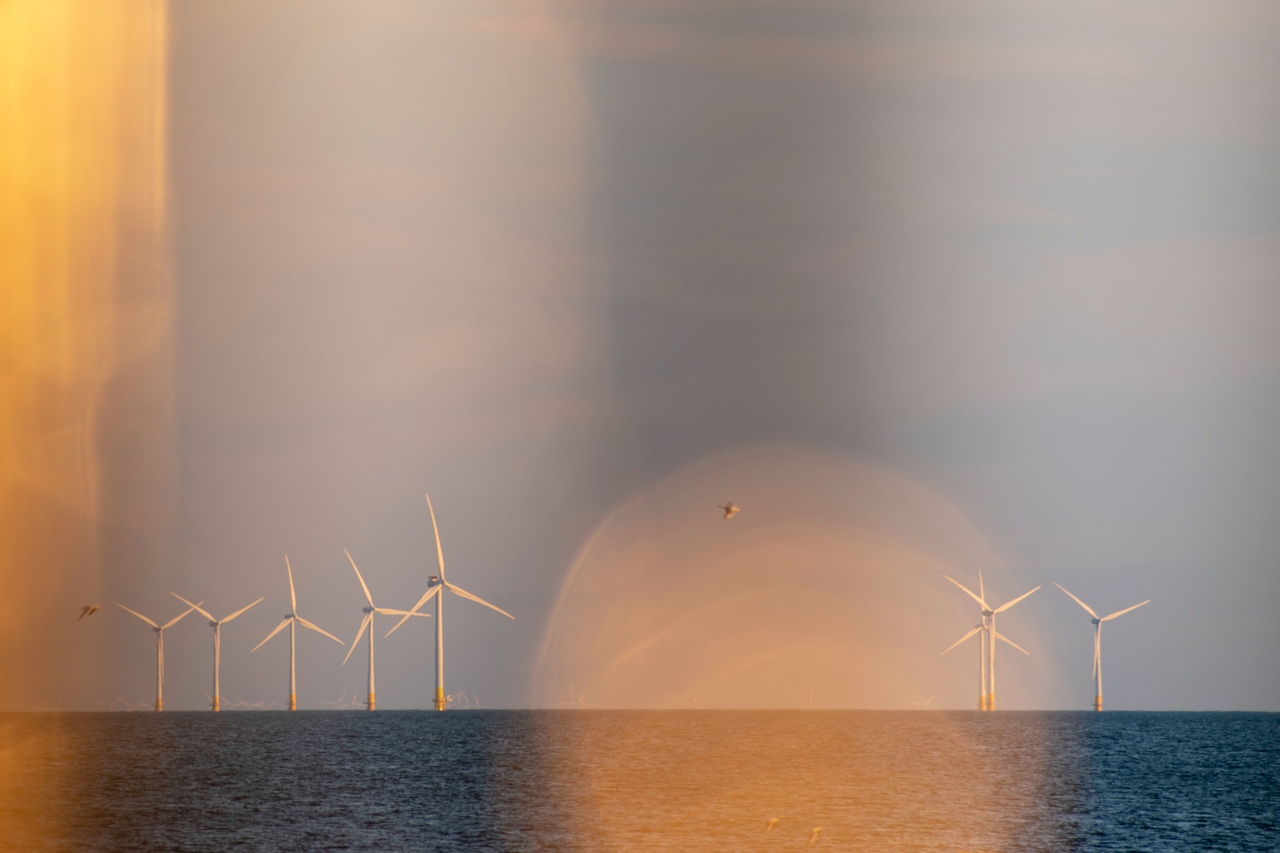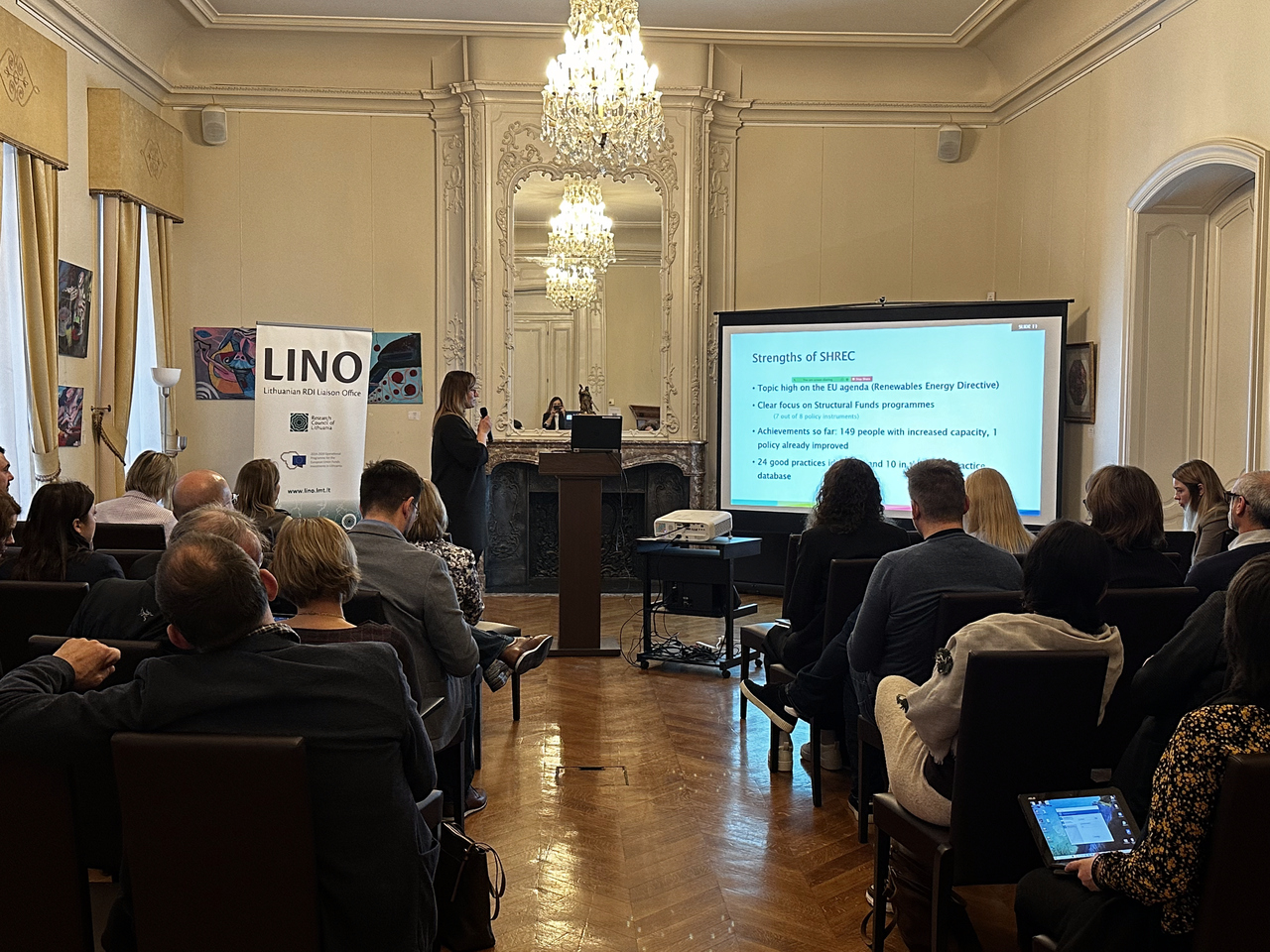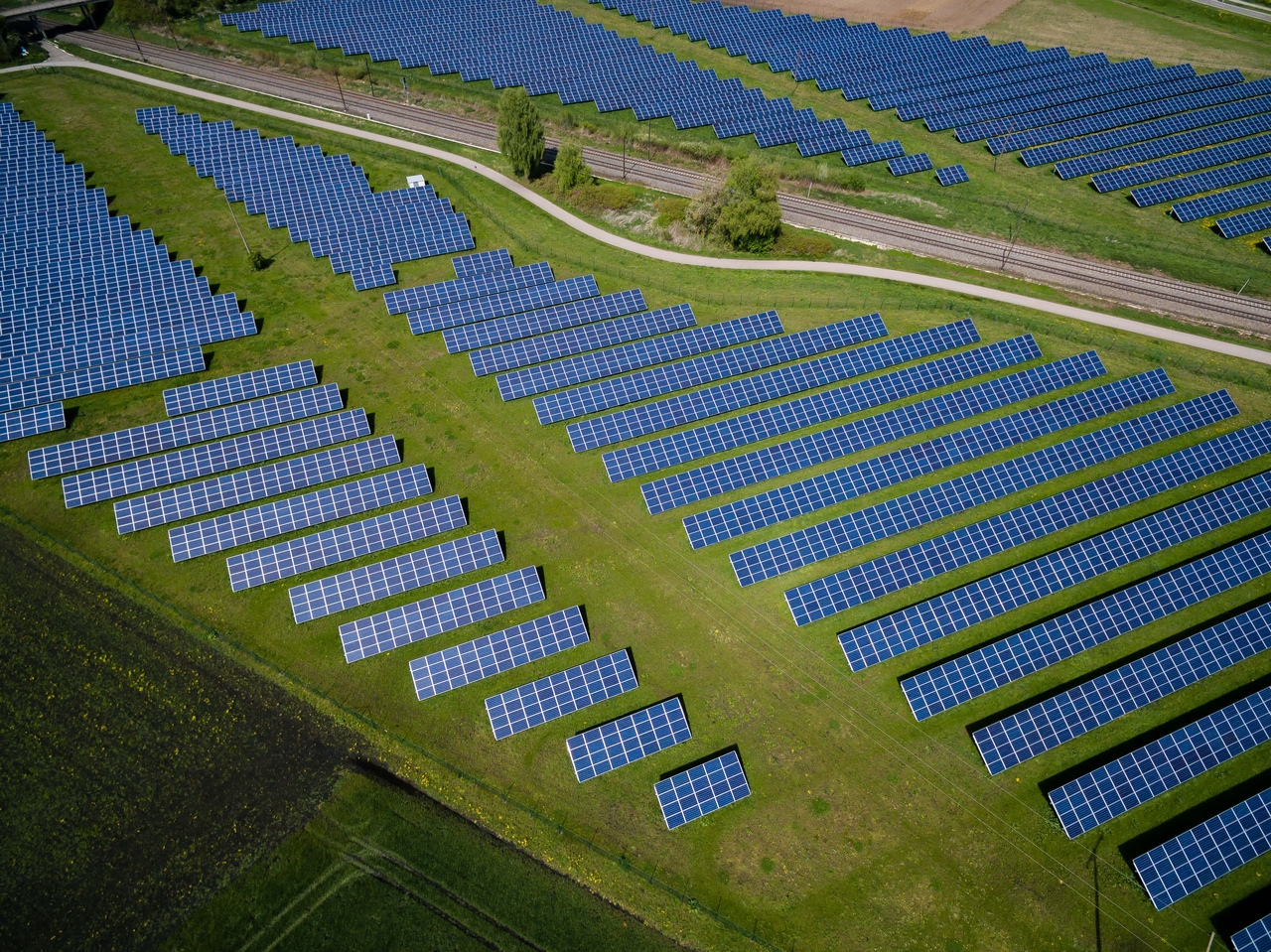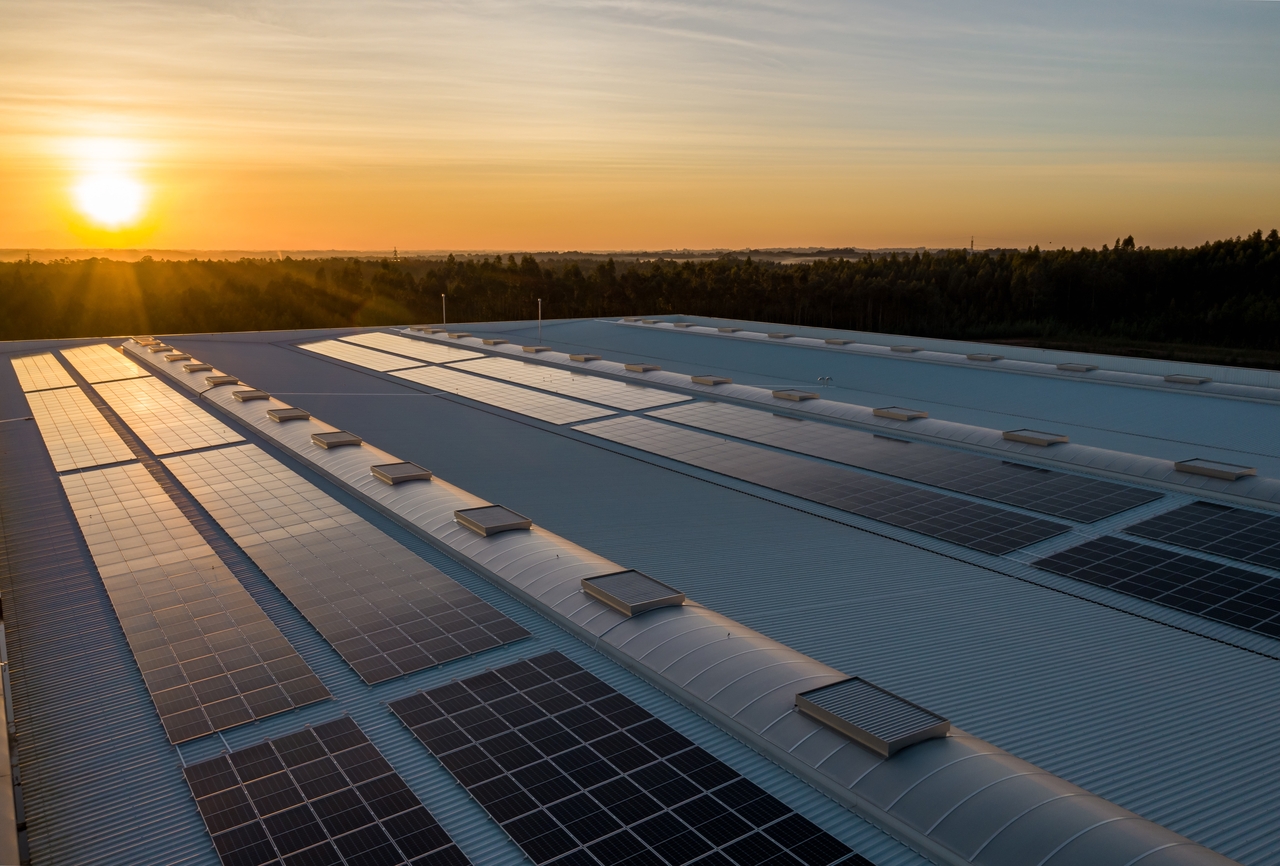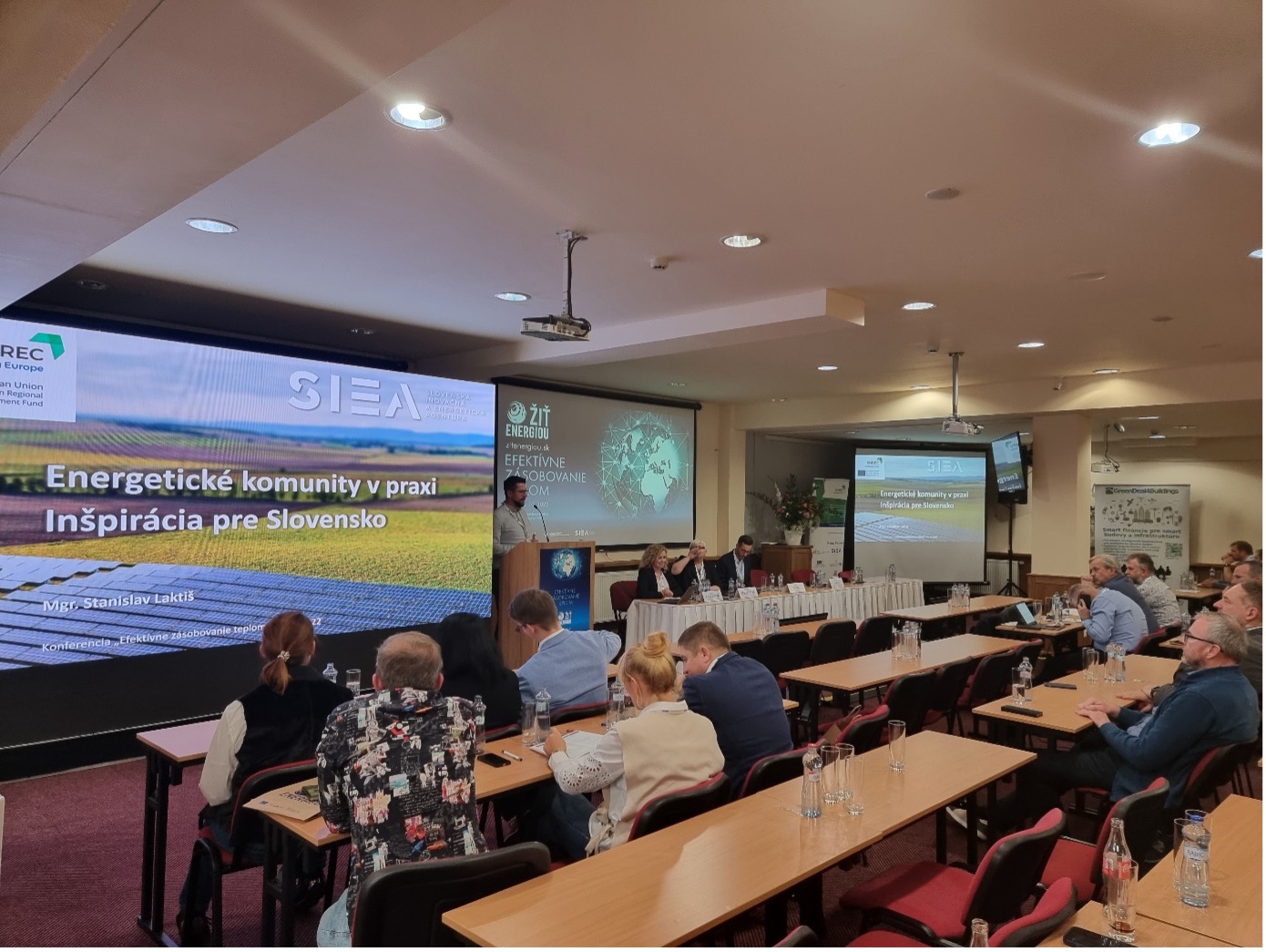Lithuania is actively expanding its investments and demonstrating a strong commitment to promoting renewable energy sources across various sectors, including industry, small and medium-sized enterprises (SMEs), public and civil buildings, as well as households. Vilnius Gediminas Technical University, one of the partners of the SHREC project in Lithuania, has been proactively advocating for renewable energy sources (RES) within the national European Regional Development Fund (ERDF) support schemes, based on the defined Action Plan. The suggested improvements to the Action Plan for Lithuania were duly considered, and the steering committee members have approved several support measures.
In terms of recent developments, the Ministry of Economy and Innovation and the Ministry of Energy of the Republic of Lithuania have published a new round of investments in renewable energy. Since the beginning of 2023, significant investments have been allocated to renewable energy sources, focusing on the implementation of energy-efficient production technologies and solutions.
Starting from the second quarter of 2023, a dedicated budget of 67 million euros will be allocated for investment support in solar power plants, 19 million euros for investment support in wind power plants, and 6.4 million euros for investment support in individual savings devices.
Looking ahead, a notable milestone in Lithuania's renewable energy landscape is the offshore wind parks project. This ambitious project holds great significance for Lithuania's energy independence, as it will substantially increase the electricity production from renewable sources, reducing the country's reliance on electricity imports and ensuring competitive electricity prices for residents.
The project entails the establishment of two offshore wind parks, expected to commence operations in 2028. These wind parks will be located in the exclusive economic zone of the Republic of Lithuania in the Baltic Sea near Palanga, with a combined capacity of approximately 1.4 gigawatts (GW). It is anticipated that these wind parks will generate up to 6 terawatt-hours (TWh) of green electricity annually, meeting around half of Lithuania's current electricity demand.


